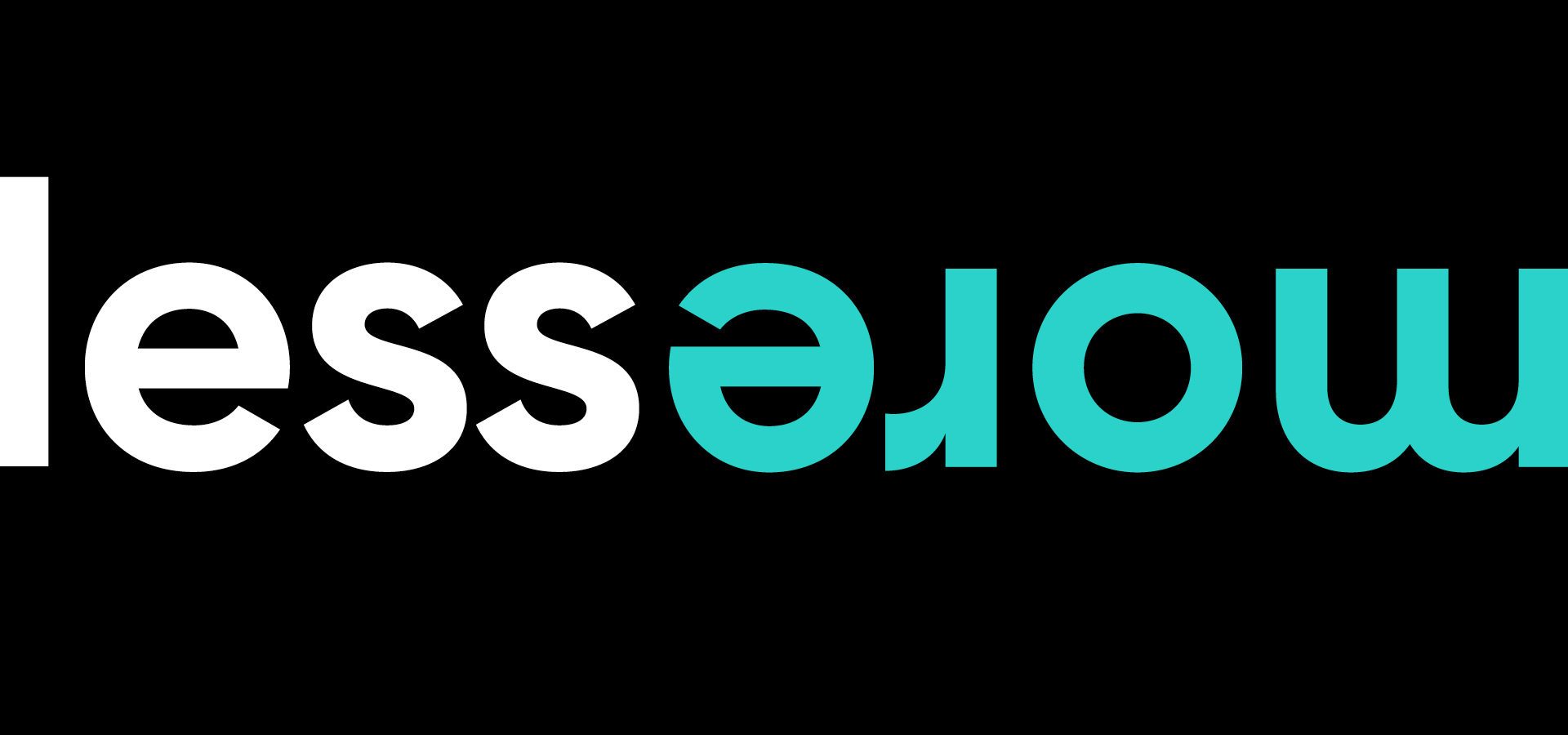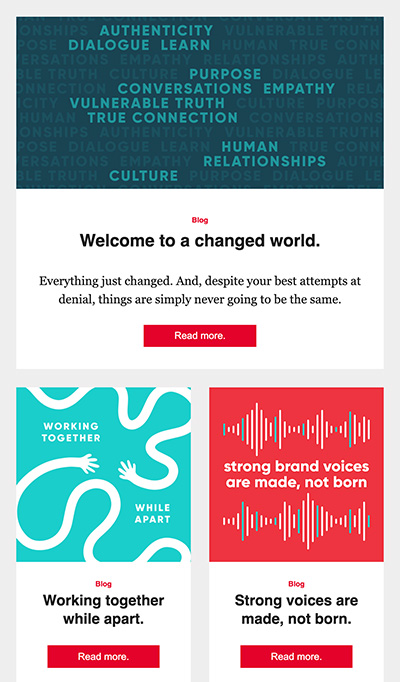Define creative tools more. Encounter writer’s block less.
The job of a creative gets easier when we explore techniques that are convincingly fresh and historically effective. For writers, an arsenal of these techniques can prevent the dreaded keyboard stare and build a trusted formula for creative thinking.

About four months ago, I became fascinated by advertising’s fascination with antonyms. More specifically, I started noticing a specific copywriting technique called “antonymic sentence construction.”
“Antonymic sentence construction” is a term that I made up. And the definition — also made up — is as follows: antonymic sentence construction occurs when an opposing antonym is used to communicate a value proposition in an unpredictable, satisfying manner.
What does this look like? Let’s consider some examples.
Since 1994, Target’s tagline has been “Expect more. Pay less.” This is a premier example of antonymic sentence construction. The antonyms are “more” and “less.” The retailer’s value proposition is packaged into four words, and perhaps best of all, the tagline is simple and memorable.
Apple is a huge proponent of antonymic sentence construction. Their M1 computer chip is described with the pairing “Small chip. Giant leap.” The Apple Watch SE is “Heavy on features. Light on price.” With a new iPad, you can “write it down” then “type it up.”
Before long, you’ll notice this writing approach from brands in every industry. But why does antonymic sentence construction work? Why do writers rely on this framework when composing headlines, taglines, emails, billboards, and anywhere short-form content is needed?
I posed these questions to my colleagues at Phire Group, and here are the results of our discussion. Antonymic sentence construction works because the reader sees two antonyms and anticipates a contradiction. Rather than fulfilling the contradiction, the antonyms are used to reinforce two genuine truths about a brand or product. Reaching this conclusion is cathartic for the reader.
Antonyms are traditionally used to provide contrast — whoa, newsflash. Yet antonymic sentence construction in advertising doesn’t conform to this model. And that’s a shock to the consumer. A pleasant shock. Like discovering your grandma is a seasoned emoji user.
I am most certainly not the first person to notice the use of antonyms in short-form copywriting. But as far as I know, the topic is largely nonexistent in circles where copywriting techniques are discussed. Probably because those circles don’t want squares like me.
Regardless, defining creative strategies can be a powerful practice. But doing so requires that we view creativity as something that can occasionally follow a framework with predictable results. If you’re trying to prevent writer’s block, that should be music to your ears. So keep your eyes peeled (ew, by the way) for creative formulas that are “convincingly fresh and historically effective.” Antonymic sentence construction fits this description. I think. Remember, I made this all up — more or less.

